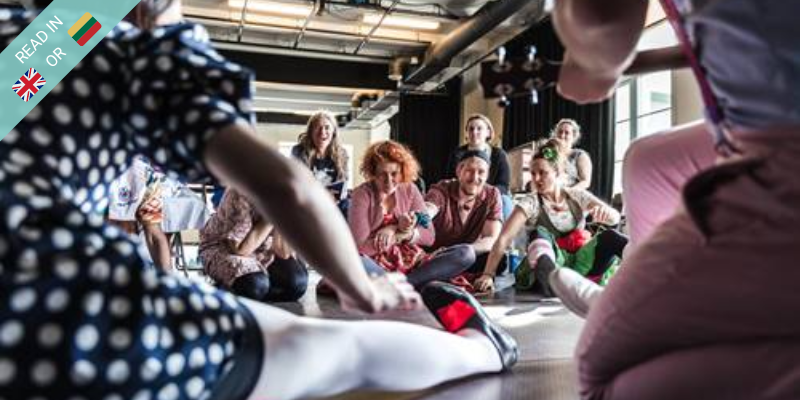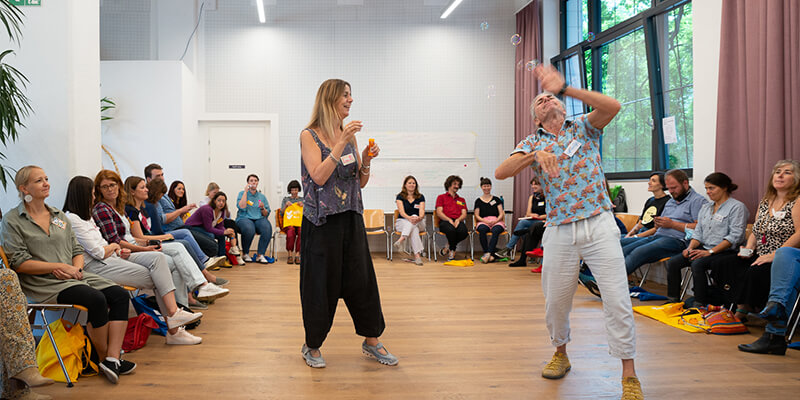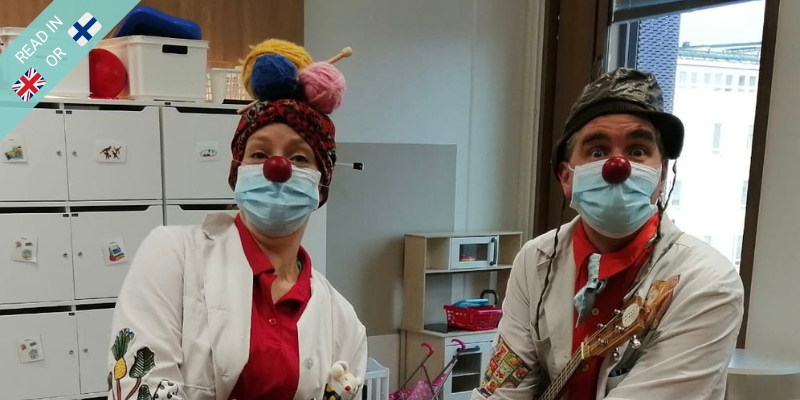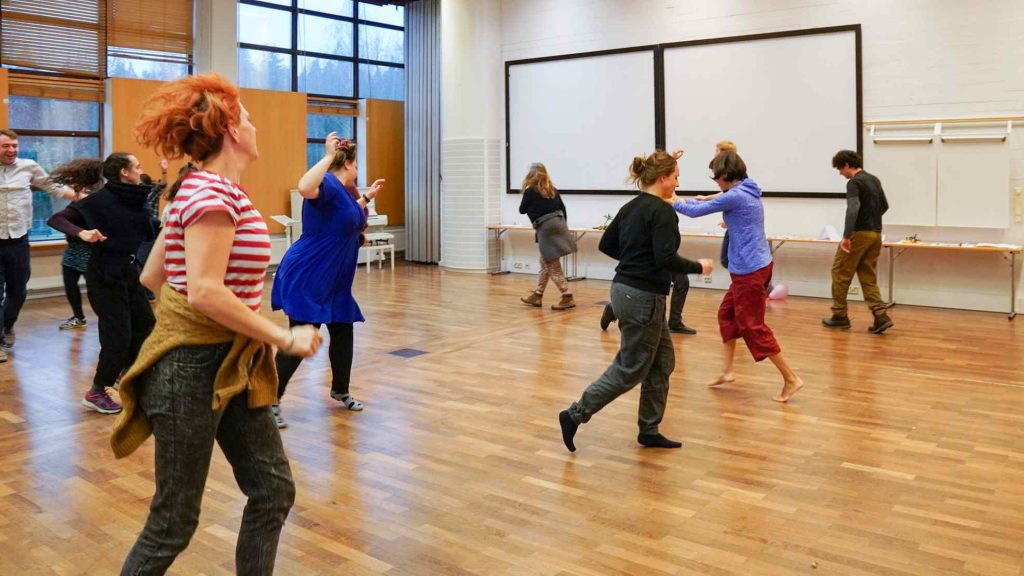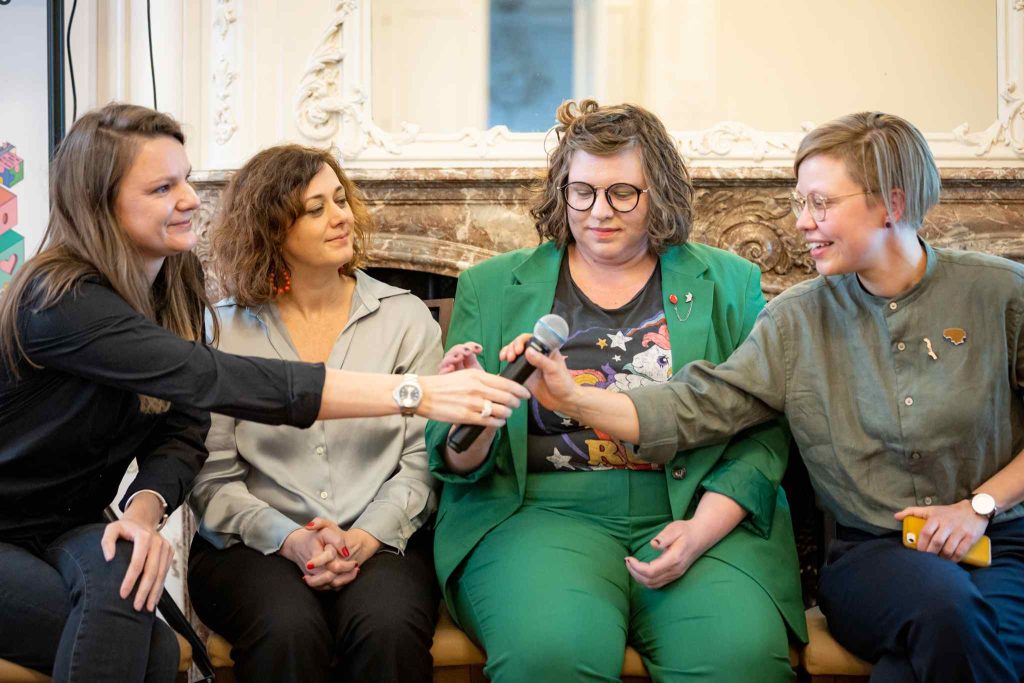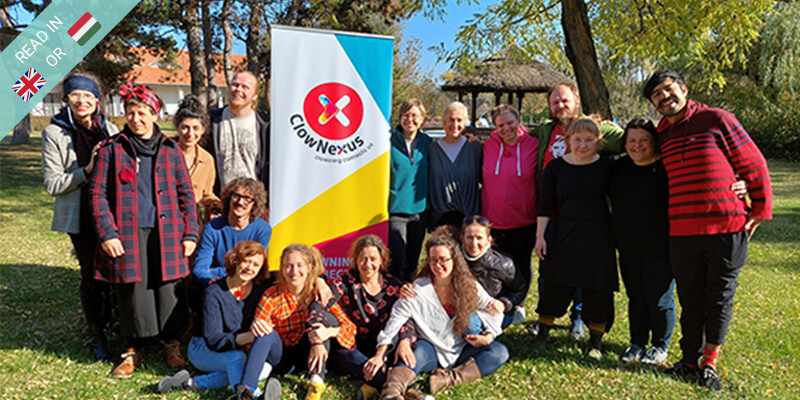
The first ClowNexus Artistic Laboratory on dementia in Hungary
Last week of October clowndoctors from six different European countries met in Sarlóspuszta to learn more about people with dementia. The aim was to discover and go deep into this topic, getting inspiration and build up a professional team, which can co-create for the beneficiaries.




